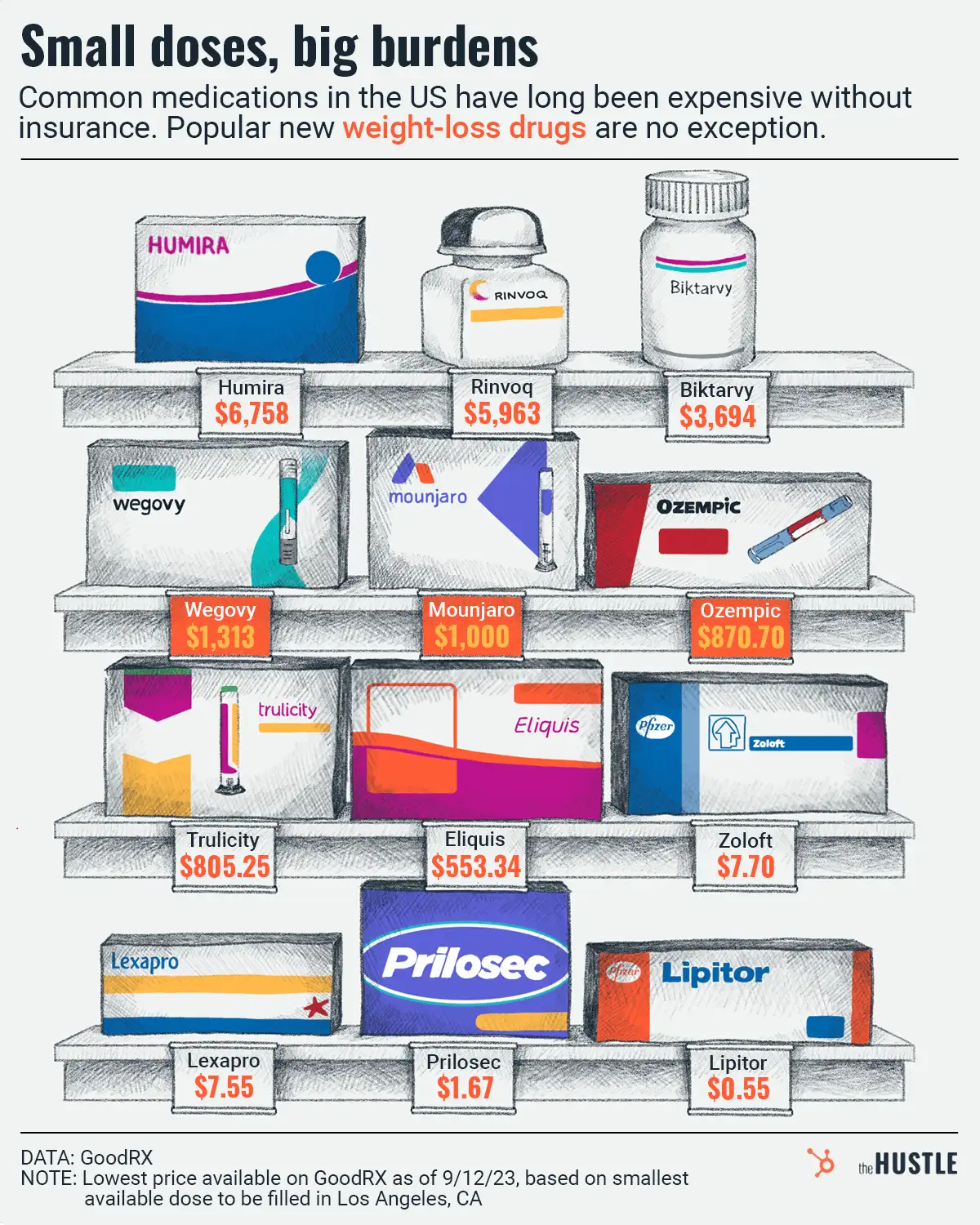Digital fitness (AKA workout-from-home) is on a bit of a run right now (get it?):

- Peloton’s Q4 earnings showed a 172% YoY jump in revenue, and its connected subscribers were up 113% YoY.
- Apple just announced its virtual fitness product (Fitness Plus), available to the 1B+ Apple devices out there.
- Lululemon has already upped its projected revenue for Mirror from $100m to $150m.
- Zwift, an indoor training app, reached unicorn status yesterday after a $450m funding round.
The pandemic has exploded the market for digital fitness
There are 62m gym memberships in the US and 183m globally, according to a 2019 report.
But many people shifted to online workouts during the pandemic, and gyms have been slow to reopen.
Many notable gym brands have filed for bankruptcy in recent months, according to PETITION: Gold’s Gym, 24-Hour Fitness, SNFW Fitness (Steve Nash’s), Town Sports International (New York Sports Club). They posit that high-end Equinox could be next.
Will the changing behavior be for good?
Data from Thinknum shows this might be the case.
While 46 states have re-opened gyms, Facebook location mentions have “remained utterly stagnant for gyms.”
Thinknum flags one outlier — Planet Fitness, which has tons of locations and is cheap. In a post-COVID world, gym-goers may make in-person gyms a small convenience expense rather than a lifestyle commitment.
Peloton is bullish on its opportunity
CEO John Foley recently told CNBC that $PTON (not a good ticker) could have 100m subscribers one day.
Today, Peloton has 3.1m total subscribers (connected bike + digital only) and is worth $24B. All things equal, a ~30x increase in its user base would make the firm worth hundreds of billions of dollars.
That’s probably a bit aggressive but Foley lays out his case, including:
- The fact that 35m US households have treadmills that are “not used”
- Geographic expansion, as Peloton is currently only in the US, Canada, the UK, and Germany
- Cheaper bikes and treadmills as well as rental programs
- More digital subscription options (not tied to bike ownership)
So, to answer the question, “how much bigger can digital fitness get?”
A lot bigger.










